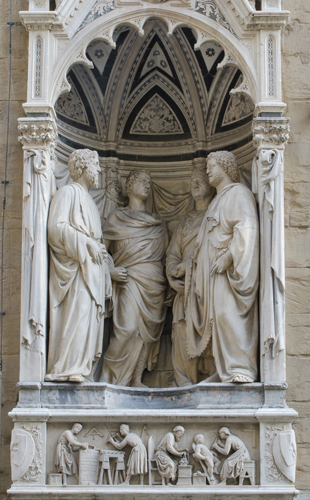Briefly, what were the four images of Abing?
What will be an ideal response?
• 1. The Taoist – Abing retained the Taoist faith he had embraced at an early age throughout his life. He learnt a huge repertory of traditional pieces, some of which he shaped into inspired instrumental solos. (the archetypal Chinese folk musician)
• 2. The Revolutionary – Began as a Taoist, but was expelled from the temple and eventually became a street musician. His few surviving pieces express the "innermost aspirations of countless multitudes of laboring peoples." (a tenet of Marxist theory)
• 3. The Romantic – He lived a mostly sad life in lowest echelon of society. Music was one of his few outlets into which he poured out his emotions. (His creativity is explained as an escape from a difficult life; he was a tortured genius.)
• 4. The Drug-addict – In his early Taoist life Abing showed much musical talent, but his life took a bad turn after he spent his parent's inheritance. He eventually turned to drugs and life on the streets, using his music to support his drug habit.
• Since Abing was actually known to be blind, each image incorporates a different explanation of his blindness.
You might also like to view...
?

A. Donatello B. Nanni di Banco C. Verrocchio D. Pollaiuolo
Why did Pope Paul V have Saint Peter's changed from its central plan with the addition of three nave bays?
A. The new plan more closely resembled Byzantine churches. B. Paul V wanted a larger space for symbolic purposes. C. The central plan evoked ancient temples, such as the Pantheon. D. He wanted the Roman building to outshine Saint Paul's in London.
If you miss a theatrical performance, you can make it up by checking out a DVD of the play; the experience is essentially the same
a. true b. false
The art of any area of the world where people live or lived in a pre-industrial or pre-agricultural state is called ______
a. folk art b. tribal art c. rock art d. avant garde e. fine art